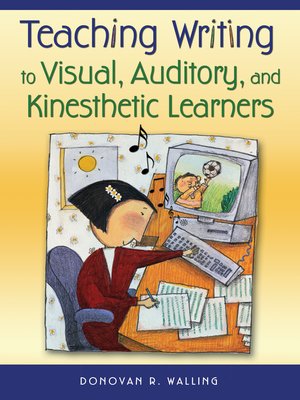
Sign up to save your library
With an OverDrive account, you can save your favorite libraries for at-a-glance information about availability. Find out more about OverDrive accounts.
Find this title in Libby, the library reading app by OverDrive.



Search for a digital library with this title
Title found at these libraries:
| Library Name | Distance |
|---|---|
| Loading... |
"As a writing teacher for twenty-some years, I wish I′d had access to this material."
-Marilee Sprenger, Educational Consultant
Seattle Pacific University
"Helps teachers see how to approach writing in ways that make it fresh, relevant, and accessible."
-Carol Ann Tomlinson, Professor of Educational Leadership
University of Virginia
"True to one of the basic tenets of writing, the book shows rather than tells . . . . This makes for a fun and engaging read."
-Erin Sullivan, Research Associate
University of Connecticut
Are your picture-smart, music-smart, and body-smart learners lagging behind their word-smart and number-smart peers?
Donovan Walling offers innovative new ways to help these learners become effective writers! With an emphasis on matching teaching method to learning style and developing both basic writing competencies and higher-level thinking skills, this resource offers instructional strategies, sample lessons, and pathways to fluency that focus on
Twelve sample lessons and a learning styles self-assessment make this an essential resource for teachers, literacy coaches, and curriculum designers who want to expand writing curriculum and incorporate more non-linear methods into their instructional repertoires.







